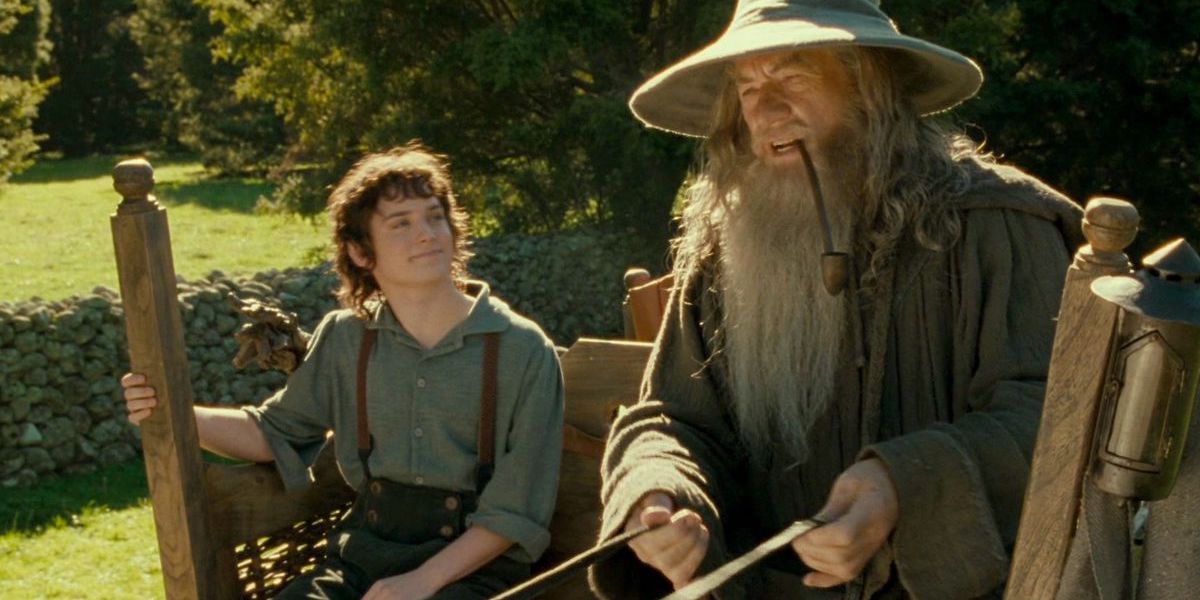In the heart of J.R.R. Tolkien’s masterwork, “The Lord of the Rings,” lies a rich tapestry of myth and symbolism that elevates the story beyond the realms of mere fantasy. Delving into Tolkien’s subtext reveals a narrative infused with layers of meaning, drawing upon ancient myths, historical allegories, and the author’s own deeply held beliefs.
At its core, “The Lord of the Rings” is a mythic tale of epic proportions. From the heroic quest to destroy the One Ring to the clash of civilizations between the forces of good and evil, Tolkien weaves a narrative that echoes the timeless themes found in mythologies from around the world. The journey of Frodo and the fellowship mirrors the archetypal hero’s journey, with its trials, tribulations, and moments of profound transformation.
But beyond its surface-level storytelling, “The Lord of the Rings” is imbued with a wealth of symbolism that adds depth and resonance to the narrative. The One Ring, for example, serves as a potent symbol of power and corruption, tempting all who come into contact with it with the promise of dominion over others. Its allure and destructive potential mirror the timeless struggle between temptation and redemption that lies at the heart of human nature.
Similarly, the various races and cultures of Middle-earth represent more than just fictional entities; they are reflections of real-world civilizations and ideologies. The elves embody the ideals of beauty, wisdom, and immortality, while the dwarves are characterized by their craftsmanship and resilience in the face of adversity. Through these diverse cultures, Tolkien explores themes of cultural identity, cooperation, and the consequences of greed and pride.
Furthermore, Tolkien’s Catholic faith infuses the narrative with a deeper layer of meaning, adding a moral dimension to the struggle between good and evil. The character of Gandalf, for example, can be seen as a Christ-like figure, sacrificing himself for the greater good and ultimately triumphing over darkness. Likewise, the concept of providence and divine intervention is woven throughout the story, reminding readers of the unseen forces at work in the world.
As we unpack the mythic depths of “The Lord of the Rings,” we gain a deeper appreciation for Tolkien’s storytelling prowess and the enduring power of myth and symbolism. Through his richly imagined world and profound themes, Tolkien invites readers to embark on a journey of self-discovery and contemplation, reminding us of the timeless truths that lie at the heart of the human experience. And as we continue to explore Middle-earth, we uncover new layers of meaning that enrich our understanding of Tolkien’s timeless tale.





